
Emma
by Jane Austen
In Emma, Jane Austen crafts a witty and insightful portrait of a young woman who delights in matchmaking but misjudges her own feelings and those of others. Set in a quiet English village, the novel follows Emma Woodhouse as she navigates the social intricacies of love, class, and friendship. Though intelligent and charming, Emma’s meddling leads to misunderstandings that reveal her need for self-awareness. This classic novel explores personal growth and the pitfalls of pride with enduring humor and elegance.
About Jane Austen
A keen observer of English society during the Regency era, Jane Austen's novels offer witty and insightful portrayals of manners, marriage, and social standing. Through beloved works like Pride and Prejudice and Sense and Sensibility, she masterfully crafted intricate plots and memorable characters, often focusing on the lives of women navigating societal expectations and the pursuit of love. Her enduring popularity lies in her timeless exploration of human relationships and her sharp social commentary.
Other Books by Jane Austen
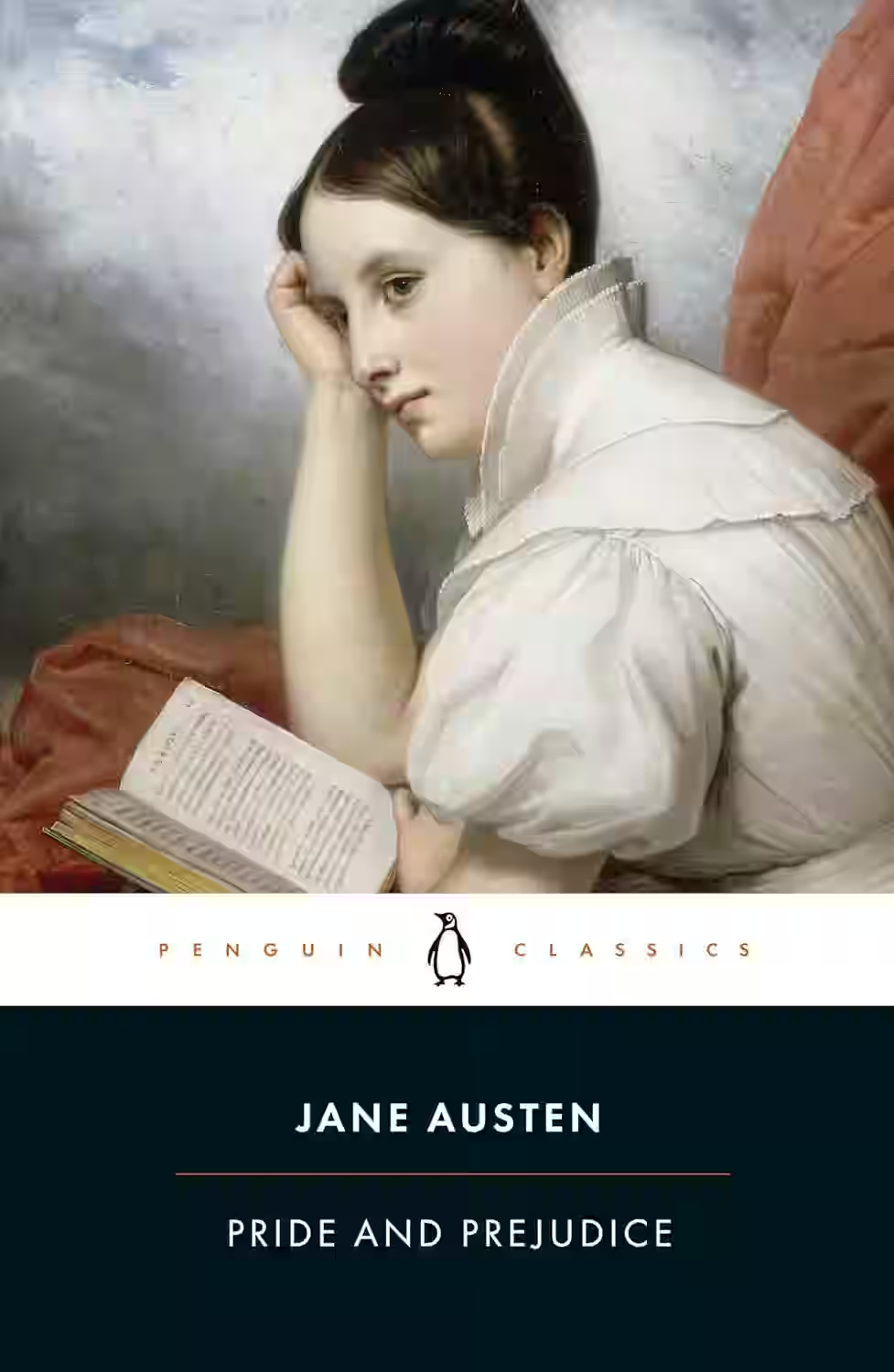
Pride and Prejudice
by Jane Austen
This beloved classic follows the spirited Elizabeth Bennet as she navigates love, marriage, and social status in Georgian-era England. When the wealthy and proud Mr. Darcy enters her life, their mutual prejudices create a complex dance of misunderstanding and growth. Through razor-sharp wit and social commentary, Austen crafts a timeless romance while critiquing class, marriage, and gender roles in 19th-century society.
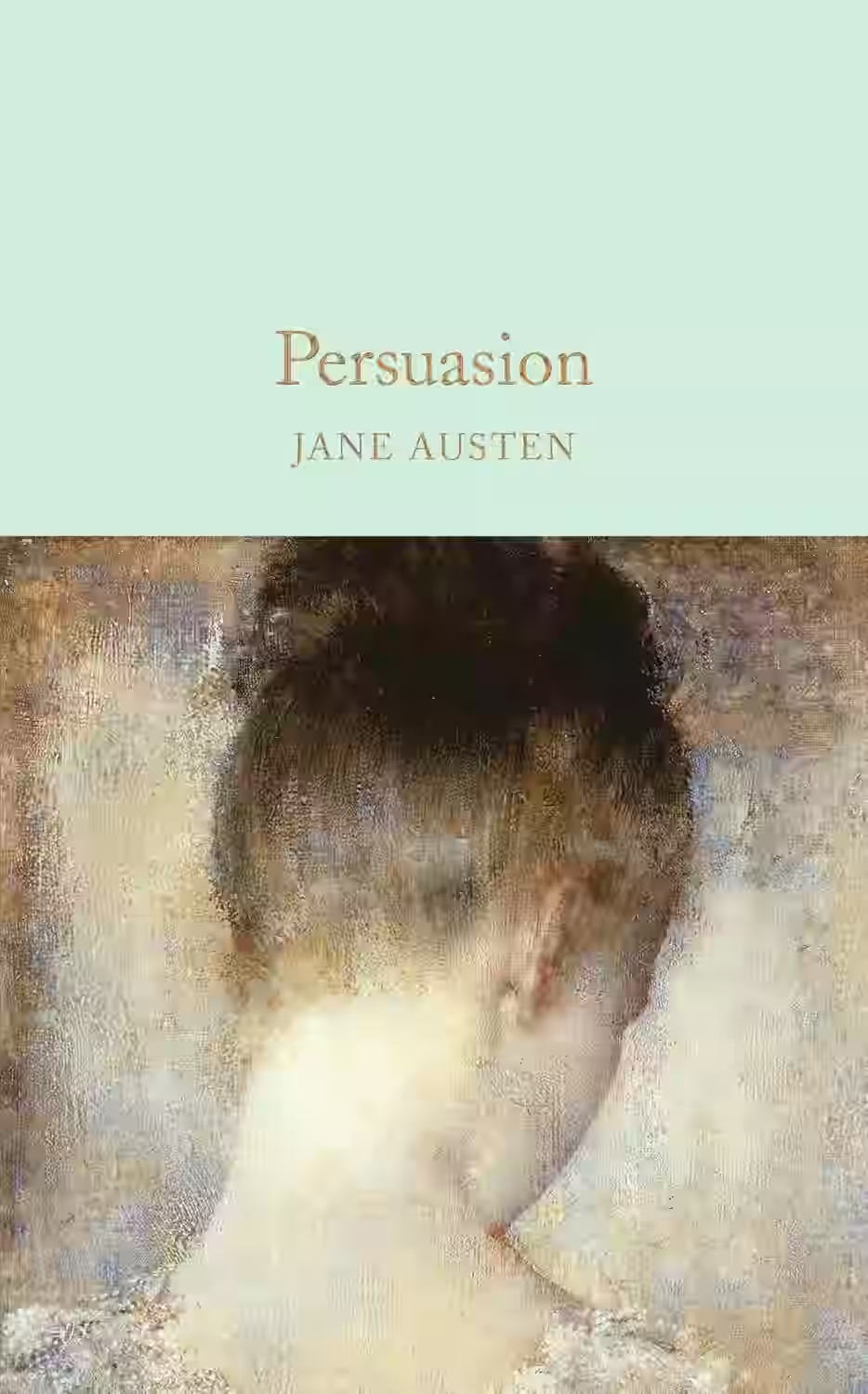
Persuasion
by Jane Austen
Jane Austen’s Persuasion is a quiet, mature romance about second chances. Anne Elliot, who once rejected the love of Captain Wentworth due to family pressure, encounters him again years later. Set against the backdrop of shifting social structures in early 19th-century England, the novel reflects on regret, resilience, and constancy. It is Austen’s final completed work and perhaps her most introspective, featuring a heroine whose emotional depth and intelligence reveal a nuanced view of love and personal growth.
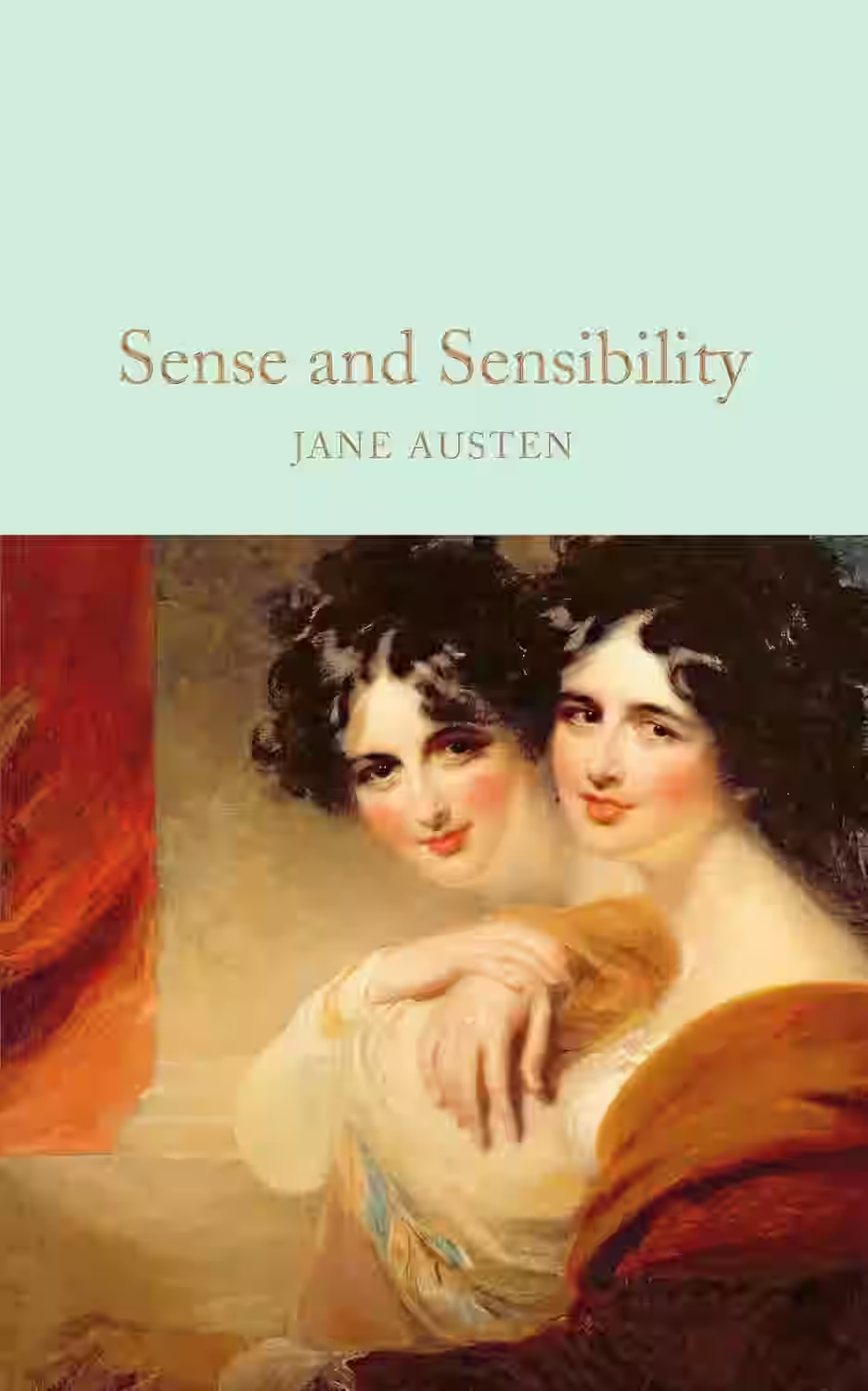
Sense and Sensibility
by Jane Austen
Jane Austen's 'Sense and Sensibility' explores the contrasting lives and philosophies of the Dashwood sisters, Elinor and Marianne. Set in 19th-century England, the novel delves into the themes of love, heartbreak, and sociopolitical constraints on women of that era. Elinor embodies 'sense,' with her pragmatic and composed nature, while Marianne represents 'sensibility,' guided by emotion and spontaneity. The sisters navigate the choppy waters of romance, betrayal, and societal expectations, each finding their own path to happiness. Austen's sharp wit and keen observations of human nature not only craft a compelling narrative but also critique the limitations imposed on women in her time. 'Sense and Sensibility' remains a timeless reflection on the balance between reason and emotion, and the enduring quest for personal fulfillment.
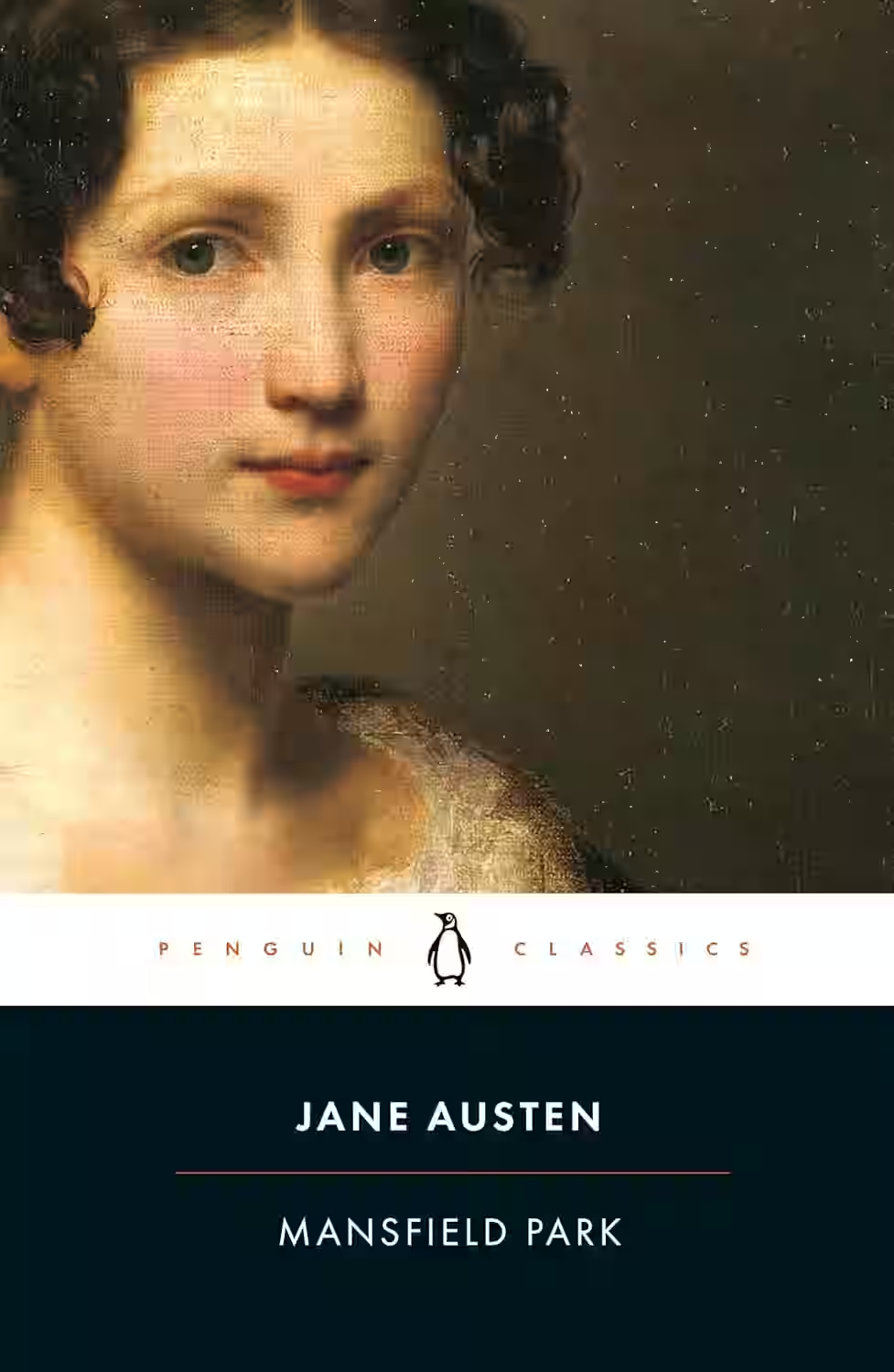
Mansfield Park
by Jane Austen
Jane Austen's 'Mansfield Park' intricately weaves a tale of class, morality, and personal growth through the experiences of Fanny Price, a timid and often overlooked young woman. Sent to live with her wealthy relatives at Mansfield Park at a young age, Fanny observes the intricate social dynamics and moral dilemmas that define the lives of those around her. The novel delves into themes of family, love, and the rigidity of social hierarchies, offering a critique of the societal values of Regency England. Unlike Austen's more light-hearted works, 'Mansfield Park' challenges readers with its somber tone and reflective examination of virtue, affording it a unique position in Austen's canon. Its exploration of Fanny’s internal struggles and the societal constraints she navigates remains impactful, engaging readers in a compelling narrative that questions the true nature of happiness and moral integrity.
Similar Books
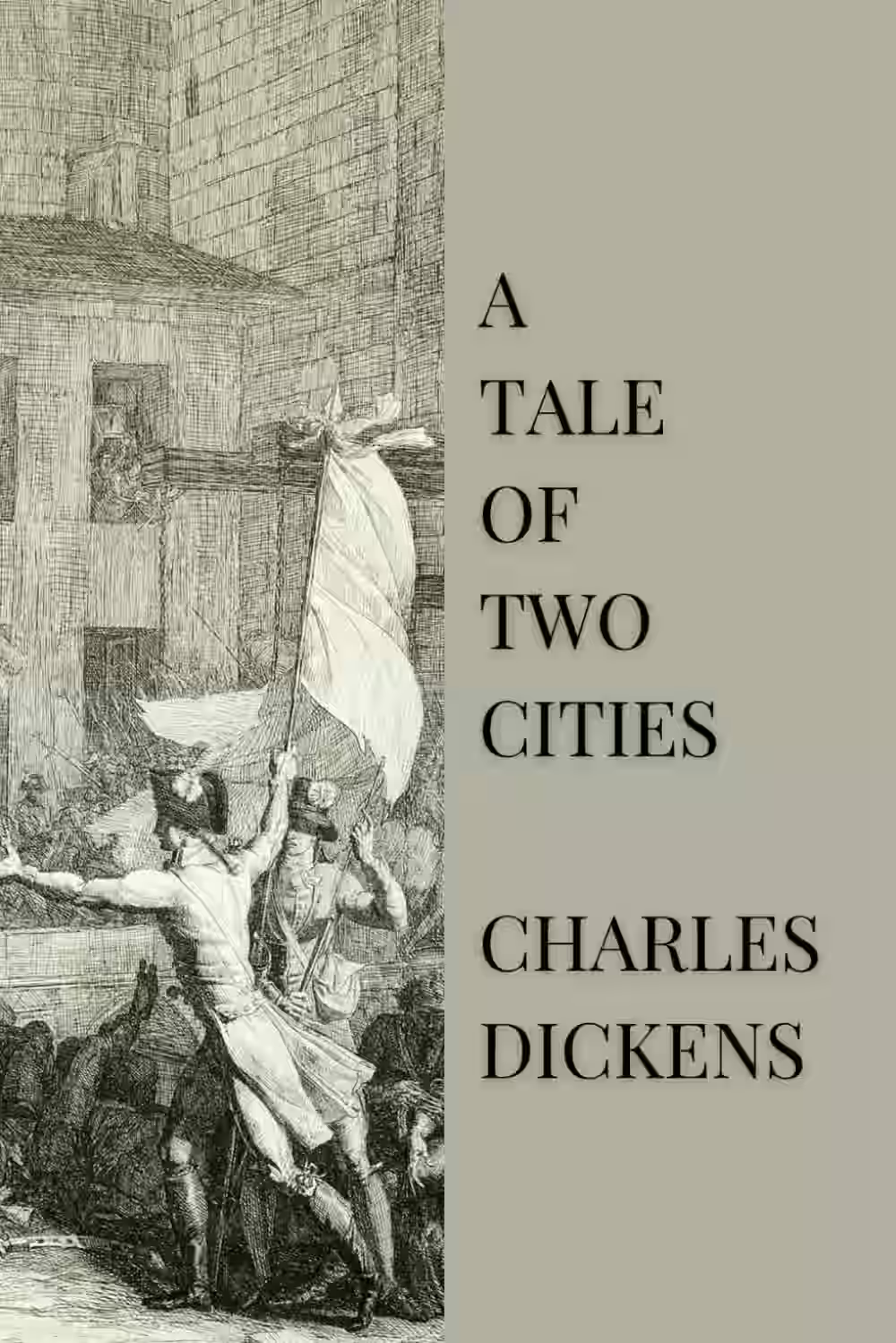
A Tale of Two Cities
In Charles Dickens' 'A Tale of Two Cities,' the turbulent backdrop of the French Revolution sets the stage for a gripping narrative of love, sacrifice, and redemption. The novel intertwines the lives of characters from London and Paris, illustrating the stark contrasts between the two cities during a tumultuous time in history. Through intricate plots and vivid descriptions, Dickens explores themes of resurrection, oppression, and the consequences of societal injustice. As the characters navigate personal struggles and political upheaval, the story builds towards a powerful climax that resonates with themes of hope and renewal. 'A Tale of Two Cities' remains a timeless classic that captivates readers with its profound insights into human nature and the enduring power of love and sacrifice.

Room With a View
by E.M. Forster
E.M. Forster's 'A Room with a View' is a captivating novel that tells the story of Lucy Honeychurch, a young English woman who embarks on a journey of self-discovery during a trip to Italy. The novel explores themes of love, societal expectations, and the clash between the rigid conventions of the Edwardian era and the individual desires of the characters. Through vivid descriptions of the picturesque Italian landscape and nuanced character interactions, Forster weaves a tale that highlights the importance of following one's true passions and desires. 'A Room with a View' is a timeless classic that continues to resonate with readers for its exploration of personal freedom and societal constraints.

East of Eden
Set in the rich farmland of the Salinas Valley, California, this powerful, often brutal novel, follows the interwined destinies of two families - the Trasks and the Hamiltons - whose generations hopelessly re-enact the fall of Adam and Eve and the poisonous rivalry of Cain and Abel. Here Steinbeck created some of his most memorable characters and explored his most enduring themes- the mystery of indentity; the inexplicability of love, and the murderous consequences of love's absence.
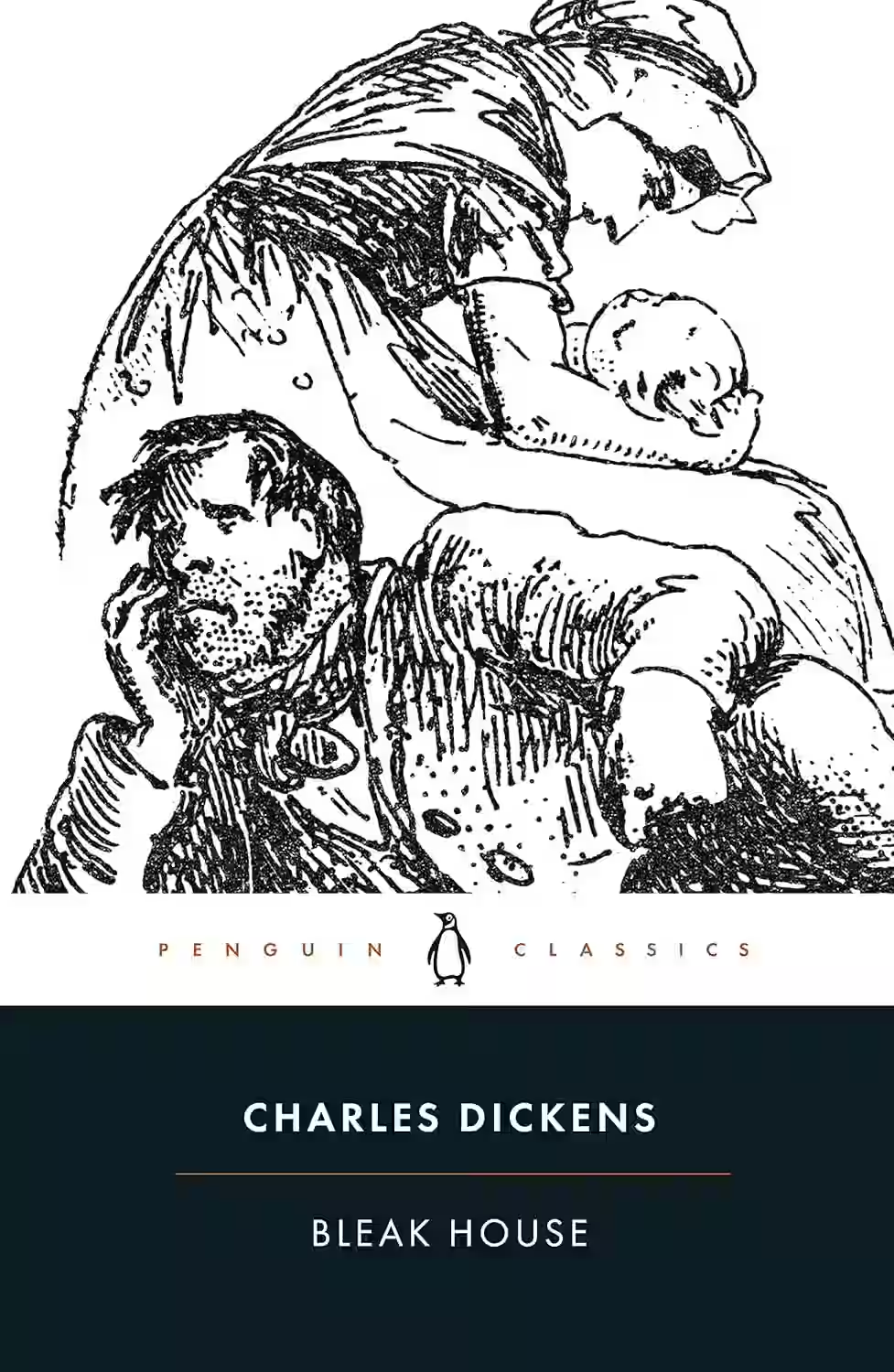
Bleak House
Bleak House by Charles Dickens is a sweeping, complex novel that critiques the inefficiencies and injustices of the British legal system through the fictional case of Jarndyce and Jarndyce, a never-ending lawsuit over a disputed inheritance. Blending mystery, satire, and social commentary, the story follows a large cast of vividly drawn characters, including the virtuous Esther Summerson, the mysterious Lady Dedlock, and the sinister lawyer Tulkinghorn. Through interwoven plots and dual narrators, Dickens exposes the destructive consequences of bureaucracy, poverty, and secrecy. Bleak House remains one of his most ambitious and influential works, rich in atmosphere and moral urgency.